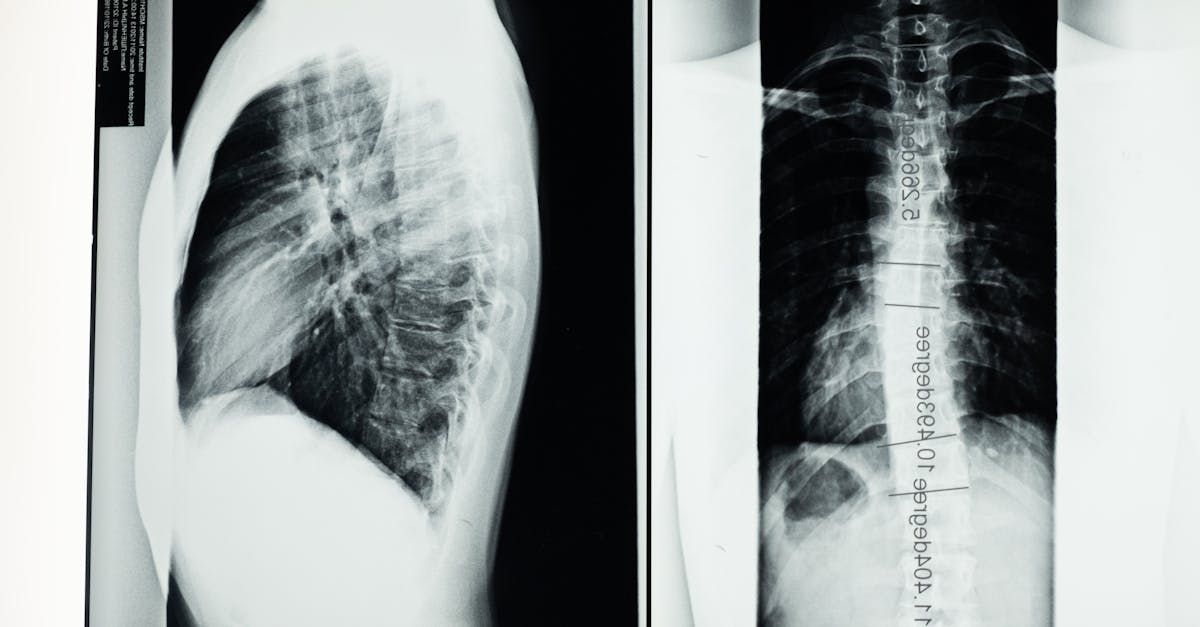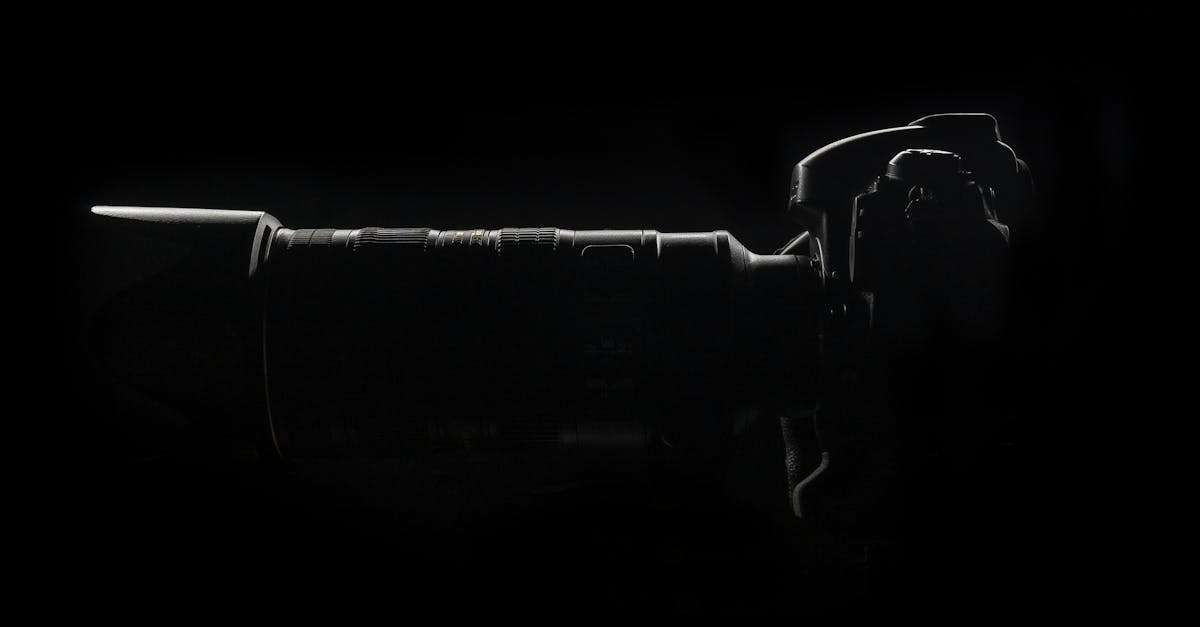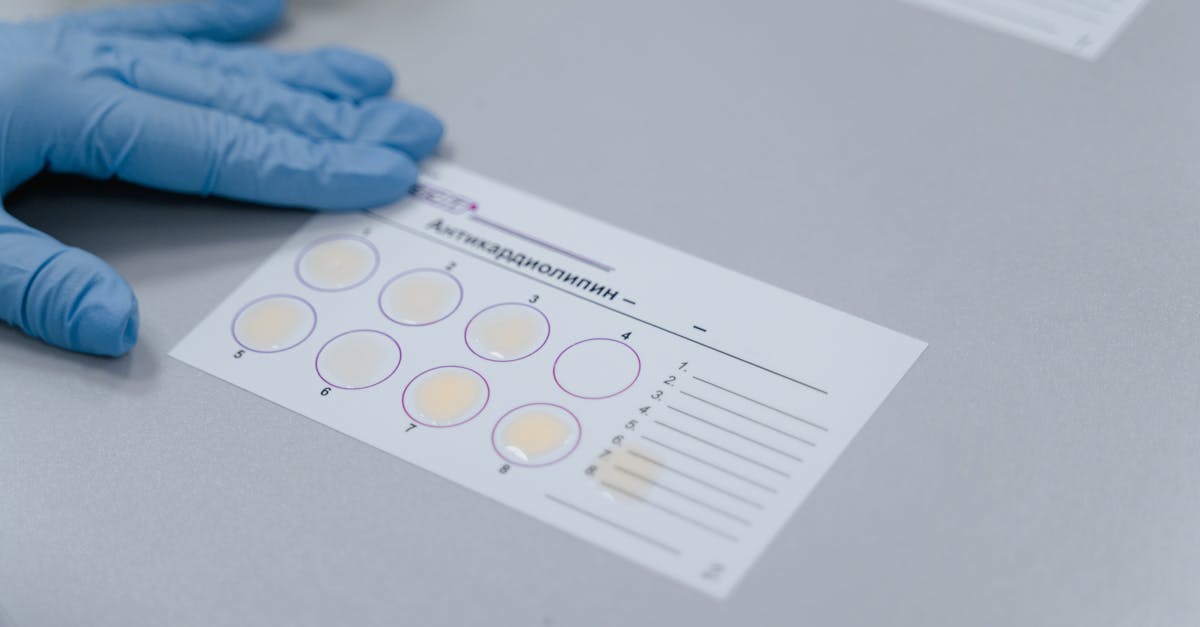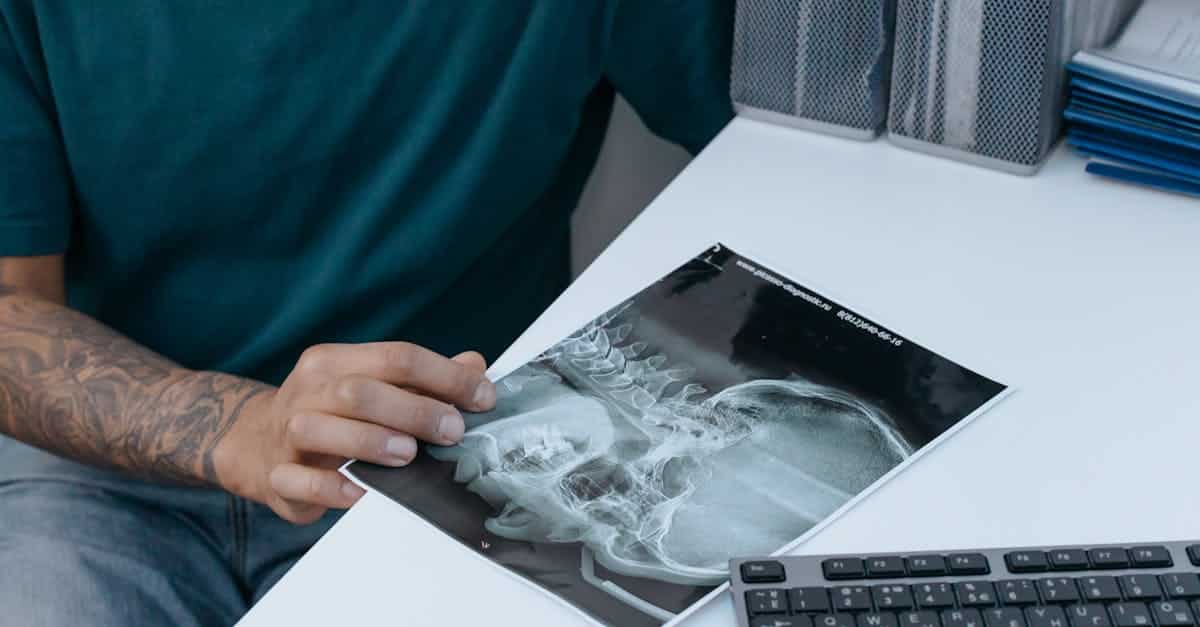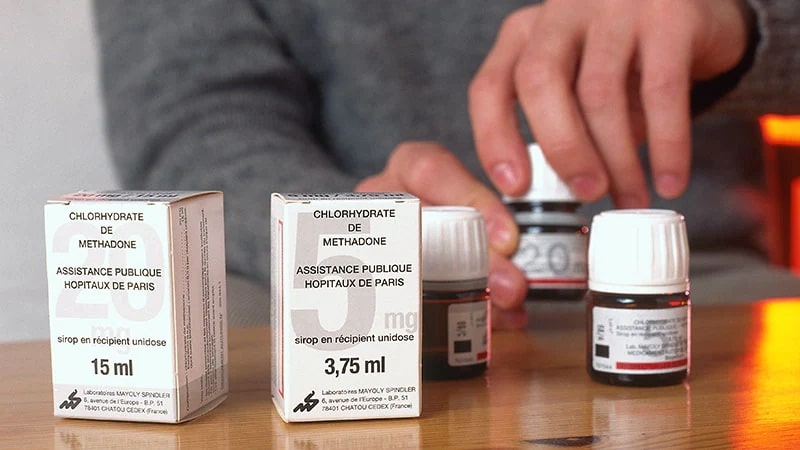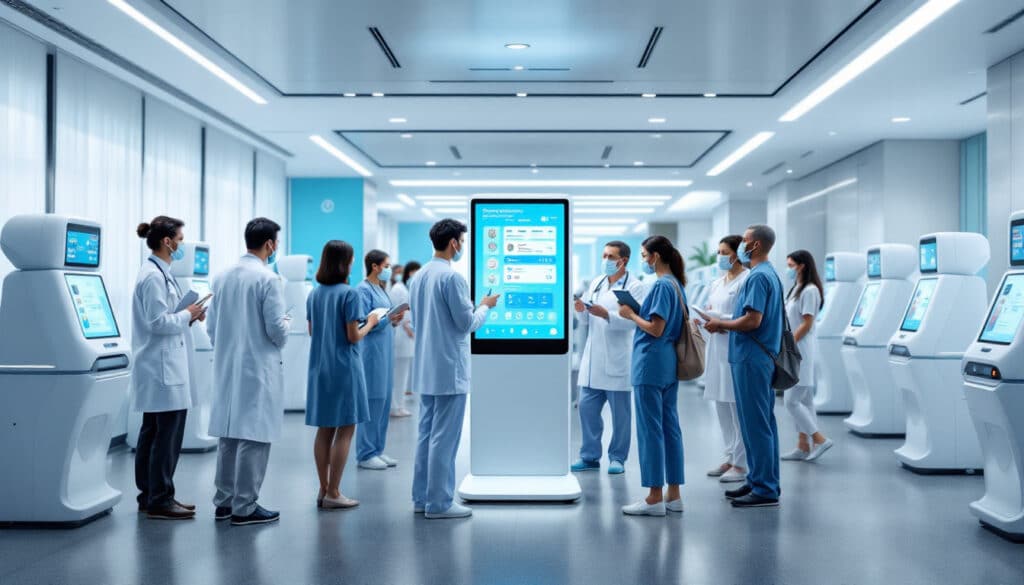The evolution of new medical imaging technologies in pediatrics has revolutionized the way young patients are diagnosed and treated. Thanks to advancements made in areas such as pediatric MRI, pediatric ultrasound, and pediatric CT scan, practitioners can now obtain high-quality images while minimizing discomfort for children. This technological advancement results in greater accuracy in diagnosis, a decrease in risks associated with imaging procedures, as well as an improved experience for patients and their families. However, these innovations require regular evaluation to ensure their effectiveness and safety.
The various tools for pediatric imaging assessment must consider the age, weight, and health status of young patients. Meanwhile, key brands like Siemens, GE Healthcare, and Philips continue to play a major role in providing state-of-the-art equipment tailored to the specific needs of pediatric radiology. This enables the personalization of care according to clinical requirements. This context underscores the necessity of a continuous commitment to optimizing the use of imaging technologies in the pediatric environment.
The advancements in pediatric medical imaging
The impact of new imaging technologies has been significant in the field of pediatrics. Traditionally, conducting pediatric medical imaging exams posed a challenge due to the specific needs of children, which often require innovative solutions to ensure a safe and effective experience.

Pediatric MRI: challenges and developments
In recent years, pediatric MRI has seen major improvements with machines that are increasingly powerful and faster. This helps reduce the time needed to obtain images, thus minimizing anxiety for children and the need for sedation. Studies show that the use of high-resolution devices allows for much more accurate diagnoses of congenital abnormalities and acquired conditions. Technological innovations have also paved the way for new functional imaging techniques, enabling a thorough assessment of brain functions, particularly in school-aged children.
Pediatric ultrasound: advancements and results
On its part, pediatric ultrasound has also benefited from technological advancements. The implementation of more sensitive probes and automatic analysis systems has significantly improved image quality. Ultrasound is often the first examination performed when there are suspicions of abdominal or renal pathologies. Its non-invasive nature contributes to quick diagnoses and the selection of appropriate treatments. Notably, recent research reports enhanced efficacy of real-time ultrasound techniques for assessing conditions like appendicitis in children.
CT technologies and their role in early diagnosis
The role of the pediatric CT scan in early diagnosis is undeniable. Its use must be carefully considered due to concerns regarding radiation exposure. However, modern new devices are designed to reduce this exposure while maintaining excellent image quality.
Advanced techniques in pediatric radiology
Pediatric radiology is constantly evolving with the introduction of higher-performance equipment. CT scanners from brands like Siemens and Philips now integrate artificial intelligence algorithms that optimize image interpretation. Comparative studies on these new technologies highlight benefits in terms of speed and accuracy in diagnoses. This accelerates patient treatment and reduces the associated care costs.
Comparison of imaging techniques
It is crucial to evaluate different imaging techniques to ensure their effectiveness. The results of comparative studies highlight the advantages and disadvantages of traditional methods compared to new technologies. 3D imaging is also emerging as a promising addition to pediatric radiology practices. Advanced imaging technologies can provide three-dimensional views that help clinicians by offering a multidimensional understanding of anatomical structures.
Impacts and challenges of new technologies in clinical practice
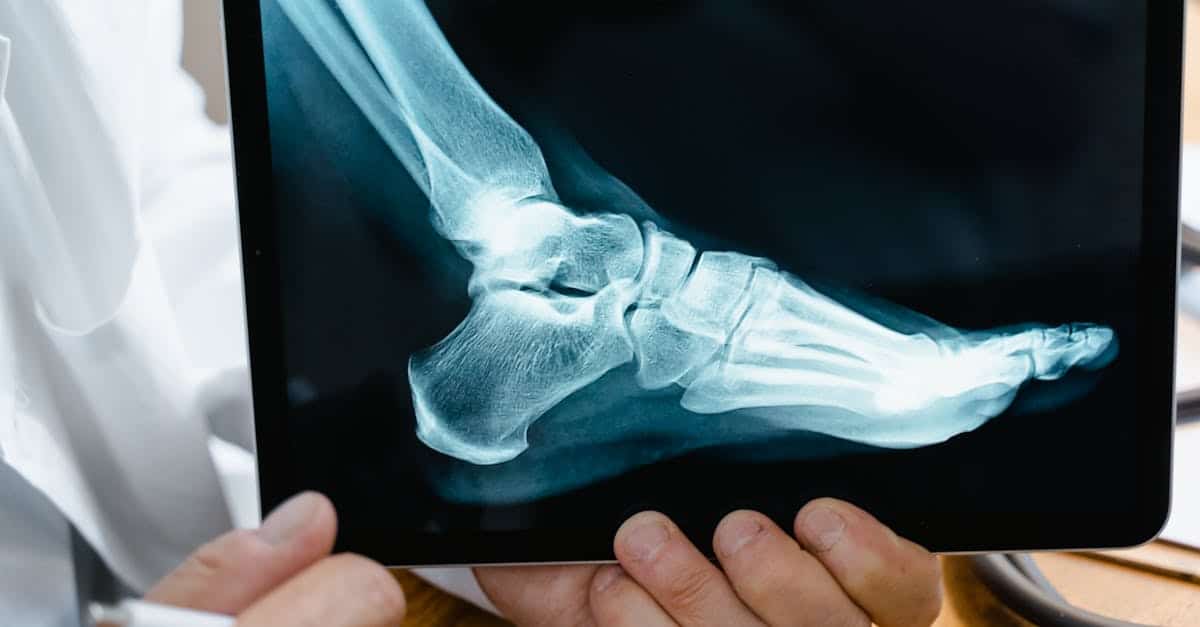
The challenges associated with the adoption of new imaging technologies in pediatrics raise essential questions, particularly regarding the continuous training of healthcare professionals. It is essential to ensure that medical teams stay updated with the latest techniques and devices to perform examinations safely and effectively.
Preparation and follow-up of patients
sedation in pediatric medical imaging care is an essential element that deserves particular attention. Sedation procedures, especially during MRI or CT scan examinations, must be carefully planned to ensure the safety and comfort of young patients. New formulations of medications, such as those using rectal pentobarbital, have been introduced to improve the sedation process, significantly reducing the time to sleep. Patient assessment protocols have also evolved to account for potential side effects, allowing for quality post-examination follow-up.
Interdisciplinary collaboration
Another key aspect in evaluating new technologies lies in the collaboration between radiologists and clinicians. Advancements in pediatric medical imaging require the close integration of different disciplines. General practitioners, pediatricians, and radiology specialists must work in synergy to optimally interpret the results. This holistic approach enhances patient management and ensures that the technologies used are tailored to the specific clinical needs.
| Technology | Advantages | Disadvantages |
|---|---|---|
| Pediatric MRI | High image quality, no radiation | Long examination time, sometimes requires sedation |
| Pediatric CT scan | Quick examination, good image resolution | Radiation exposure, high cost |
| Pediatric ultrasound | Non-invasive, no radiation | Limitations in certain diagnostics |
The future of pediatric medical imaging
The future prospects of new imaging technologies in pediatrics seem promising, particularly with innovations in artificial intelligence and data analysis. Artificial intelligence systems are already beginning to be integrated into radiological diagnosis, improving the early detection of pathologies. Brands like GE Healthcare and Philips continue to explore innovative methods to facilitate access to quality care for young patients, while emphasizing safety and effectiveness.
Growing interest in non-invasive technologies
There is also a growing interest in non-invasive imaging methods and medical applications that are less intrusive. This includes the development of low-impact contrast imaging technologies aimed at reducing side effects while preserving diagnostic efficiency. The use of biomarkers in pediatric medical imaging offers an exciting path for more targeted diagnostics and personalized treatments.
Training and awareness of healthcare professionals
Awareness and training of healthcare professionals remain paramount in the context of new imaging technologies. Providing continuous training programs and sharing best practices is necessary to ensure that all stakeholders involved in the care of young patients are competent and reassured about the use of new methods. Ensuring continuous evaluation helps maintain the quality of care provided in pediatrics.

